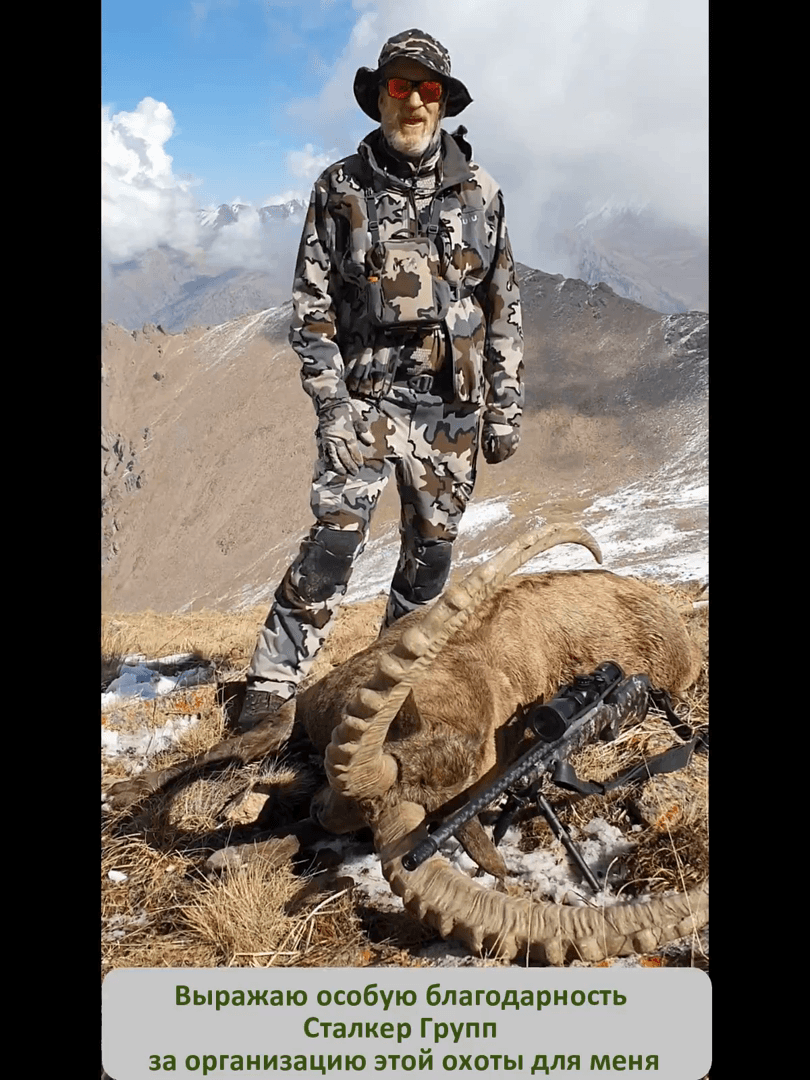
Gippsland Hunting Regions: A Guide to Demographics and Club Networks, Legislation System, Associations, Laws and Hunting Seasons Nestled in the southeastern corner of Victoria, Gippsland is a hunter’s paradise, offering a mix of rugged landscapes, diverse wildlife, and a rich hunting culture. 1. The Lay of the Land: Gippsland’s Hunting Terrain Gippsland’s geography is as varied as it is vast, covering over 41,000 square kilometers. The region is divided into three primary zones, each offering distinct hunting opportunities: The Alpine High Country: In the north, the terrain is dominated by steep mountains, snow gum forests, and open plains. This area is renowned for its Sambar deer population, making it a hotspot for deer hunters. The Central Forests: Dense eucalyptus woodlands and rolling hills define this zone, providing habitat for fallow deer, wild boars, and smaller game like rabbits and foxes. The Coastal Lowlands: To the south, wetlands, estuaries, and grassy plains create id
Post: 19 May 22:27












































